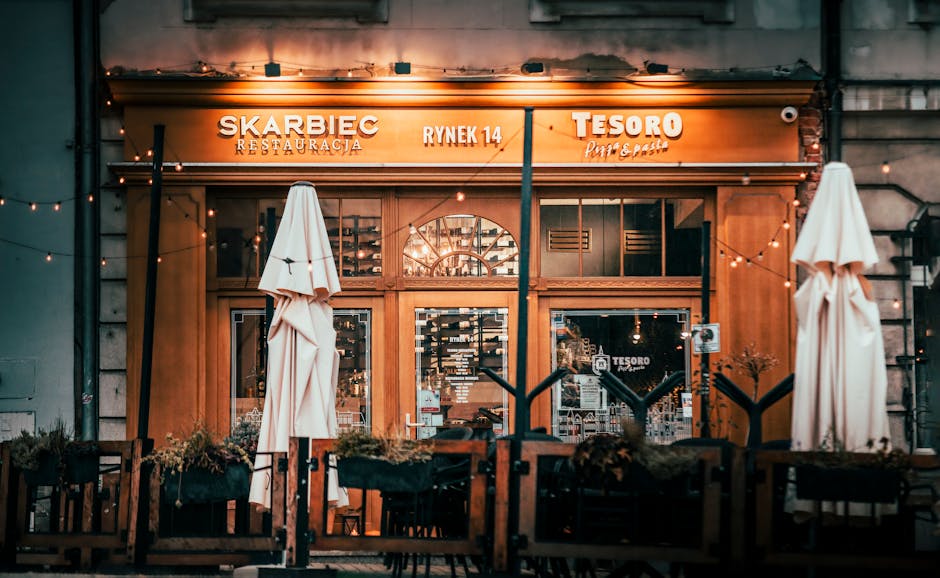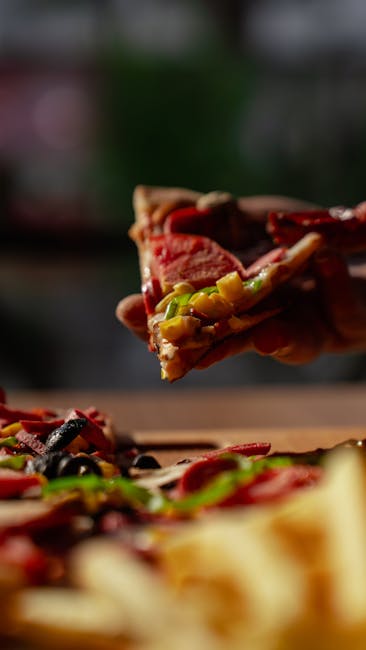
When most people think of Canadian food, maple syrup and poutine immediately come to mind. But Canada's culinary story runs much deeper than these beloved icons. Across this vast nation, regional cuisines tell stories of immigration, indigenous traditions, and geographical diversity that have shaped what Canadians eat today.
The Coastal Influences of Atlantic Canada
The maritime provinces offer a seafood-rich cuisine that reflects their proximity to the Atlantic Ocean. From Digby scallops to Malpeque oysters, the region's culinary identity is tied to the sea in ways that urban Canadians rarely experience.

Prairie Heartland: More Than Just Wheat
The Canadian prairies are often reduced to their agricultural output, but the culinary traditions here blend Ukrainian, German, and Indigenous influences in ways that create unique dishes found nowhere else in the country.
West Coast Innovation
British Columbia's cuisine reflects both its Asian influences and commitment to local, sustainable ingredients. The farm-to-table movement here isn't a trend—it's a way of life that has shaped the region's food culture for generations.
Expert Insight

Prof. Judy Rodriguez
Culinary Historian
"Canadian regional cuisine is a living history book. Each dish tells a story of the people who created it and the land that provided the ingredients. We're only beginning to appreciate this rich tapestry."
The Future of Canadian Cuisine
As Canada continues to welcome immigrants from around the world, our culinary landscape evolves. The next chapter of Canadian food will likely blend these new influences with traditional regional dishes, creating something uniquely Canadian yet globally informed.
